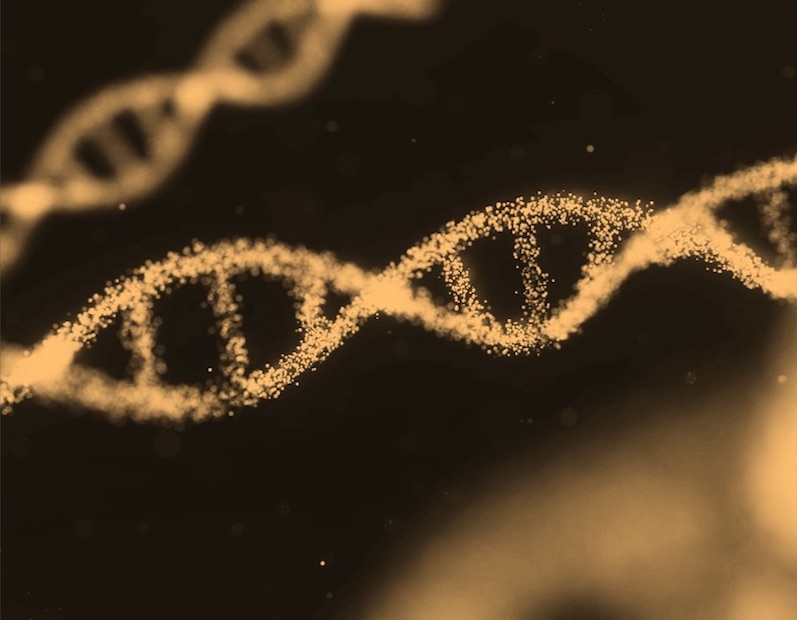What is it about?
The skin is a well-known largest organ of the body, and one that is constantly challenged by our outer environment. It is well adapted to be as the first defense against external damage influences. Skin is also called to be "a mirror of the soul" and to be "our brain on the outside. It has its own neuroendocrine system, which is tightly linked into systemic neuroendocrine axes, probably in order to coordinate peripheral responses to stress and to maintain cutaneous and global homeostasis. Depigmentary disorders (such as vitiligo) are a common global clinical problem, which significantly affects the patients' quality of life and caused enormous financial burden. The skin depigmentary processes developed in response to external stress, but functional recovery is often unsatisfactory especially in the case of severe injury, where clinical intervention is thereby necessary. Clinical treatments mostly directly act to melanocyte, TYR activity and MC1R signal pathway, such as well-known pigmentary agents (NDP-MSH, afamelanotide P) with the following serious side effects. Besides, they are time-consuming, expensive, and of low efficacy. Thus, it is necessary to sought to identify a potential new therapeutical target for hypopigmentary disorders, especially worsened with stress. Through our study, we find a possible important target (NK1R/5-HT1AR complex) for the regulation of hypopigmentary disorders.
Featured Image

Photo by melanfolia меланфолія on Unsplash
Read the Original
This page is a summary of: NK1R/5‐HT1AR interaction is related to the regulation of melanogenesis, The FASEB Journal, February 2018, Wiley,
DOI: 10.1096/fj.201700564rr.
You can read the full text:
Contributors
The following have contributed to this page







